WHEN BUSHWICK MET OCEAN HILL (1923)
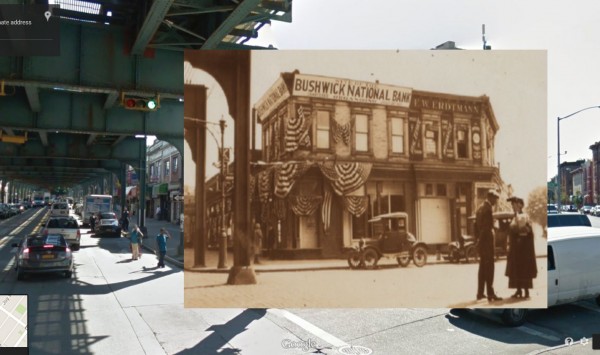
******************************************************************************************************************************** Brownstone Detectives investigates the history of our clients’ homes. The story you are about to read was composed from research conducted in the course of one of those investigations. Do you know the history of YOUR house? ******************************************************************************************************************************** “Ocean Hill” was still settling softly into the Brooklyn lexicon of place names as a working class suburb in 1923. Bushwick, on the other hand, was already very well-known in the borough for its German breweries and beer gardens. But where the two met – and they met, all right – there were SPARKS! (…or maybe a bank or real estate office….) This snapshot was taken at the intersection of Broadway and Hopkinson Avenue (later to be renamed Thomas S. Boyland Street). The building there on the corner in 1923 held the Bushwick National Bank and Frederick W. Erdtmann’s real estate offices. The Bushwick National Bank came into existence the same year that this photograph was taken – probably the reason for the photograph and the patriotic bunting all around the building; the bank ended up merging with the Globe Exchange Bank in 1929, and so had a short life of about six years. Frederick W. Erdtmann, a realtor who lived at 868 Macon Street and then above his real estate offices in this building, had filed for bankruptcy in 1913 before this photo was taken. He was back in the real estate business by 1919 and did well for himself in the 1920s. Who the old woman and the young […]
SNIDELY WHIPLASH IN THE BRONX (1921)
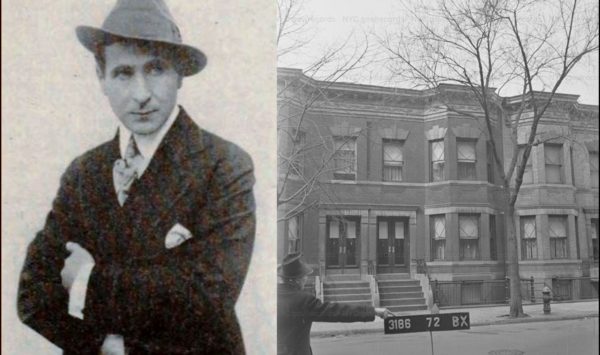
******************************************************************************************************************************** Brownstone Detectives investigates the history of our clients’ homes. The story you are about to read was composed from research conducted in the course of one of those investigations. Do you know the history of YOUR house? ******************************************************************************************************************************** In 1921, a “picture actor” by the name of Paul W. Panzer had gone broke. Panzer, recently flush with cash, had filed a “voluntary petition in bankruptcy” for liabilities totaling approximately $2,500. The debts appeared to be to a number of sources – a loan to a recently formed Long Beach production company of which Panzer was a trustee, money loaned to him and several other “film people” (possibly also to the same production company), as well as, amongst others, a loan that was endorsed by two very well-known and successful actors of the time, Sheldon Lewis and King Baggot (Baggot, an international movie star, was referred to – at various times – as “King of the Movies,” “The Most Photographed Man in the World” and “The Man Whose Face Is As Familiar As The Man In The Moon”). In the petition, Panzer, gave his address as “2257 Walton avenue,” where he rented a 2-story and basement rowhouse and, according to the 1920 Federal Census, lived there with his wife, their 8-year-old daughter, and their 6-year-old son. Panzer’s bankruptcy was certainly a low-point for the actor who rose to fame just half a decade earlier as the infamous villain of the smash 1914 serial silent film, The Perils of Pauline, a […]
HORSEWHIPS, HARLEYS & HEROES ON CLASSON
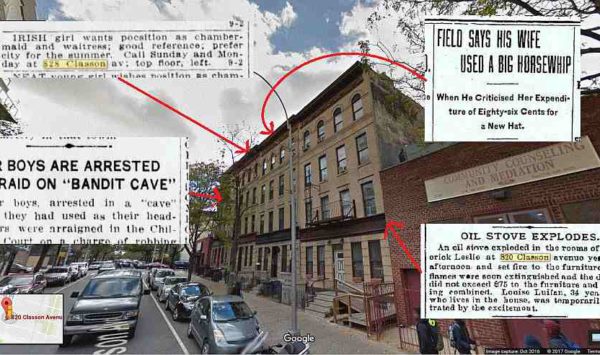
******************************************************************************************************************************** Brownstone Detectives investigates the history of our clients’ homes. The story you are about to read was composed from research conducted in the course of one of those investigations. Do you know the history of YOUR house? ******************************************************************************************************************************** “Every house has a story to tell.” That is how the Brownstone Detectives visualizes every structure, building, and house – as historical repositories for their human narratives. And the Brownstone Detectives, a for-hire historical research team, has investigated many of the stories that are a part of these narratives. And Brownstone Detectives has literally seen them all – from accounts concerning a house’s residents (unrequited love, murder, discrimination, &c.) to those involving the buildings themselves (explosions, fires, hidden rooms, &c.). “If you’re sitting in an old house right now – anywhere in this country – the human drama that’s taken place all around you would surprise the heck out of you,” said lead detective Brian Hartig. …NOW TO THOSE HORSEWHIPS… To give an example of the veritable goldmine of stories linked to every Brooklyn house, the detectives recently scratched the surface on a row of four connected tenement buildings in the Prospect Heights section of Brooklyn. The brick and brownstone tenement buildings at Nos. 820-832 Classon Avenue display a cross-section of the colorful tales that newspapers used to cover in their beats. In fact, due to the transient nature of the residents of these specific buildings over the 120 years of their existence, these structures hold an even larger number of the […]
TO DENY A “COLORED” BLOCK PARTY (1920)
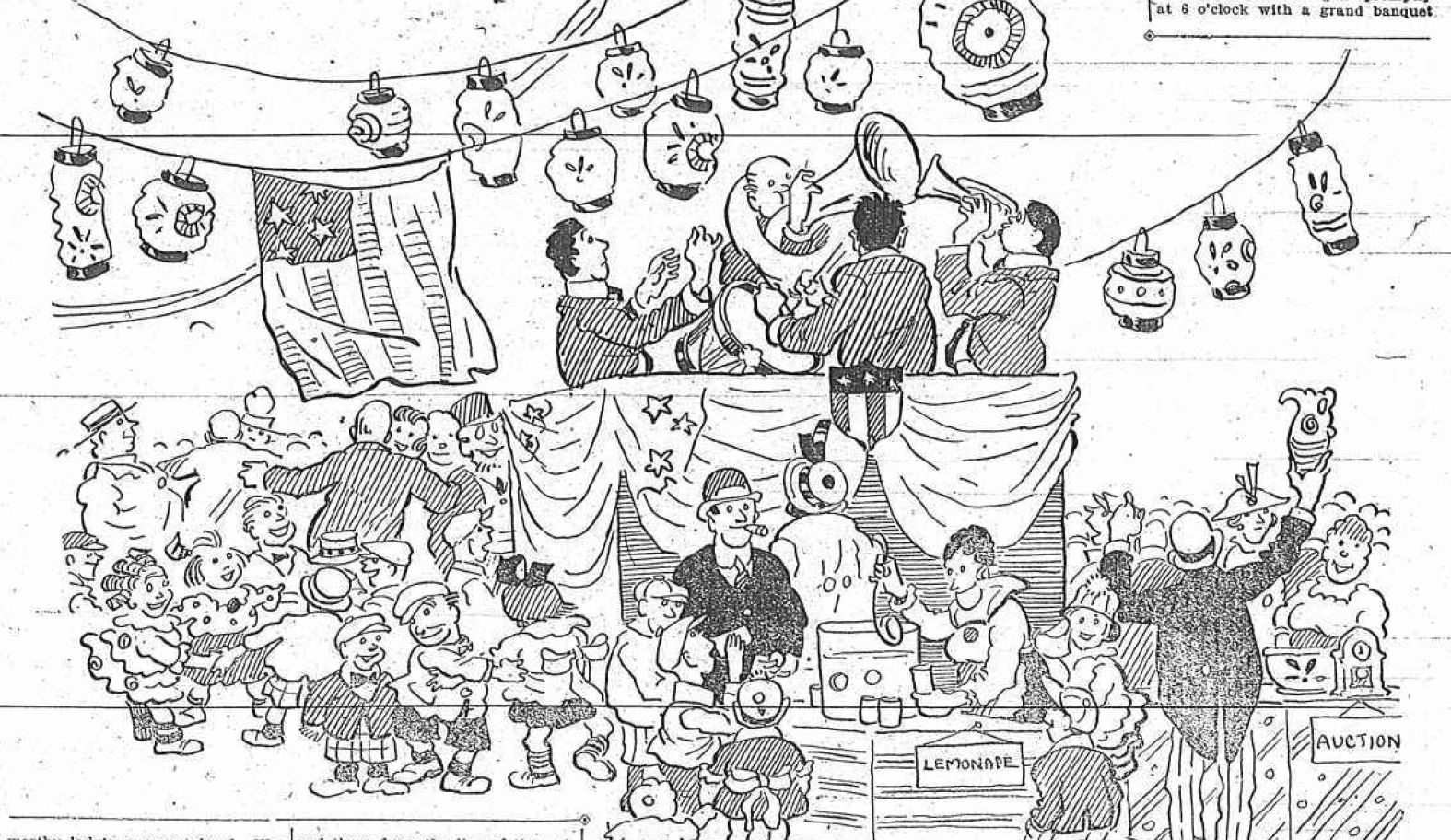
******************************************************************************************************************************** Brownstone Detectives investigates the history of our clients’ homes. The story you are about to read was composed from research conducted in the course of one of those investigations. Do you know the history of YOUR house? ******************************************************************************************************************************** Block party season upon us. It is a time of blocked-off streets, replete with the sounds of children happily playing, the smells of barbecues up and down the block, and carefree feelings of the beginning of summer. But this is also a time to remember some freedoms that were not always available to certain citizens – those freedoms for which struggles were necessary that they may be obtained. As such, it is instructive to remember how one group of people was often at the mercy of the whims of another. This story tells a tale that took place in 1920 when block party permits were not always so easy to obtain, particularly when the freedoms of those in the minority were proscribed by those in the majority… THE TRICKLE STARTS… In the mid-1930s, after the “A Train” had been extended into Brooklyn, African-Americans began to move in large numbers from Harlem into Bedford-Stuyvesant. Although the Eighth Avenue Express was the vehicle for that migration, the impetus was a desire for less crowded neighborhoods, more plentiful jobs (at the Brooklyn Navy Yard), and better housing conditions. The trickle that started this migration, though, began about 10 to 20 years earlier as African-American professionals of southern and Caribbean descent made their way to […]
DESIGNING THE MAID-PROOF HOME (1922)
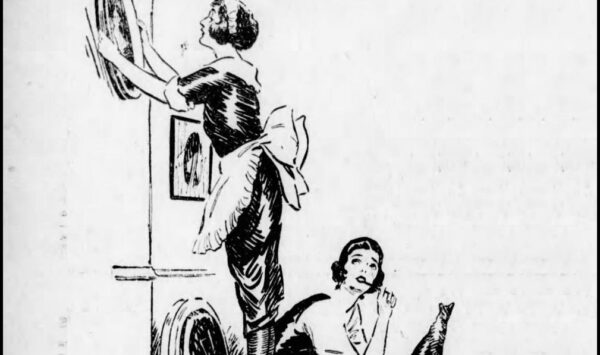
******************************************************************************************************************************** Brownstone Detectives investigates the history of our clients’ homes. The story you are about to read was composed from research conducted in the course of one of those investigations. Do you know the history of YOUR house? ******************************************************************************************************************************** We all know how difficult it is to keep a good maid. They are constantly “on the make” for higher wages or, worse, threatening to leave your employ for that of another family. But Brooklyn builders in 1922 were working strenuously to help you keep your hired help. Towards this end, they seemed to have lit well upon the solution to this dilemma: “Make a home so convenient for the lady of the house that she can do much of her own work, and, more importantly, make the maid’s room so light an airy that she’ll never want to leave.” THE MAID-PROOF LAYOUT Of course, these, presumably male, architects didn’t fail to consider the arrangement of the kitchen, where women – and maids, of course – did much of the work. Make it so arranged, said these particular architects, that it is attractive, as well as convenient. The architects, in the layout of this new model house, show a “very complete service portion with laundry on the first floor, adjoining the kitchen, instead of in the basement, as is usually the case.” Additionally, the kitchen boiler, they note, “may be placed in the basement” instead of the kitchen, where, in the past, it’s made that room “uncomfortably warm in summer.” DOWNSTAIRS. […]
GEORGE WASHINGTON SLEPT HERE… (1776)
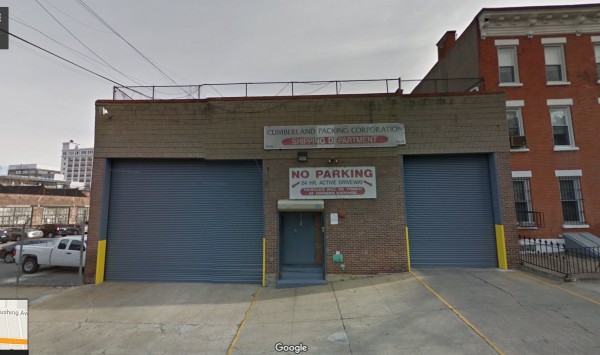
******************************************************************************************************************************** Brownstone Detectives investigates the history of our clients’ homes. The story you are about to read was composed from research conducted in the course of one of those investigations. Do you know the history of YOUR house? ******************************************************************************************************************************** In today’s great efforts to preserve our historical heritage, particularly as regards the ancient homesteads of our forebears, it gives great sadness to learn of the loss of old structures which once graced our city. One such house not only stood at one time as the last of its type, but it also had borne witness to historical events which contributed to the foundation of our country. Inside of the old Boughton House, which at one time existed close to the Wallabout Bay on Cumberland Street at about No. 33, George Washington had sat often in conference with his military leadership on the point of repelling the British occupational force during the Battle of Brooklyn. The “mansion,” which stood directly in line of the fortifications and redoubts thrown up by the Continental troops, found itself “smack in the middle” of these military improvements. It was an old-style dwelling of Dutch Colonial Architecture, with eaves and garrets, and was a true relic of Revolutionary times. There is no official record of when the house was erected, but around 1915 when workmen were repairing the roof, they found a shingle bearing the inscription “Erected 1727.” Later during the war, when Mr. Boughton’s house was used to quarter British soldiers,, the prison ship Jersey […]
A GANGLAND SLAYING AT 162 COURT (1922)
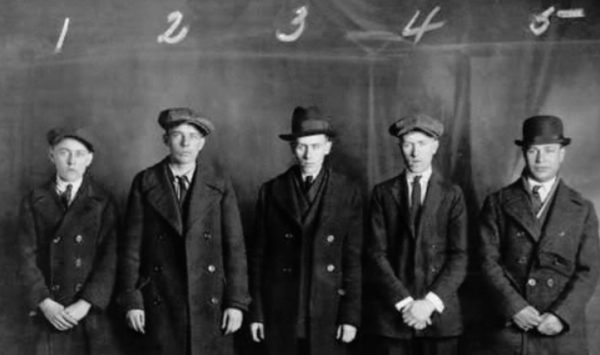
******************************************************************************************************************************** Brownstone Detectives investigates the history of our clients’ homes. The story you are about to read was composed from research conducted in the course of one of those investigations. Do you know the history of YOUR house? ********************************************************************************************************************************Above: The “Navy Yard Gang,” (l to r), (1) Stephen Collins, (2) John Keogh, (3) William Evans, (4) Frank Evans, and (5) Pellegrino Mucci On a frigid February evening in 1922, three young men stepped into the dimly lighted drugstore at No. 162 Court street in Cobble Hill. Druggist Paul J. Gillman, looking up from behind his counter, suspected something was up – the men, who seemed to be barely out of their teens, moved with a sense of purposelessness filled with less-than-good intentions. Gillman noticed as the first young man, who stood by the case in front of his prescription counter, pulled something from his coat and then began to walk towards the passageway leading to the place behind the counter where Gillman stood. “I just stood at the entrance and pointed the gun at him,” the gunman, William Evans, 23, of No. 24 Fort Greene Place, later explained to the police. “I told him to put his hands up.” The night, which was planned to be spent on a simple hold-up, would not turn out as the members of the “Navy Yard Gang” had expected, however, as Gillman would not be encouraged by what he certainly thought were young boys attempting to get away with a prank. Gillman, not complying […]
CALVIN COOLIDGE & THE BUNNY HUG (1922)

******************************************************************************************************************************** Brownstone Detectives investigates the history of our clients’ homes. The story you are about to read was composed from research conducted in the course of one of those investigations. Do you know the history of YOUR house? ******************************************************************************************************************************** Vice-President Calvin Coolidge came to the Eastern section of Stuyvesant Heights one night late in 1922 to stump for the local Republican senator ahead of the mid-term elections. And in so doing, he would wind up in a nite club known for its bawdy dancing and raids on its illegal booze sales. It was the country’s first “working girl’s model dance hall,” The Arcadia. Dedicated specifically, at the time it was built in 1912, to “proper” dances for working girls, the hall – located at the corner of Halsey Street and Saratoga Avenue, across the street from Saratoga Park – had been supported by proponents who had lobbied successfully for anti-tango legislation, designed to outlaw “the turkey trot and other sensational dances.” For several years, the hall was a chaste facility which forbid “bunny-hugging” and tangoing, and kept a number of dance monitors on the dance floor to enforce these rules. You broke them once and you were kicked out for good – never allowed to return to the popular dance spot. Ten years later, though, it was the era of Prohibition, and the hall’s reputation had sunken somewhat in the estimation of its neighbors. Being the largest dance hall in the area, though, Vice President Calvin Coolidge would use it […]
THE “GREAT UMPIRE” FANS WEE WILLIE (1922)
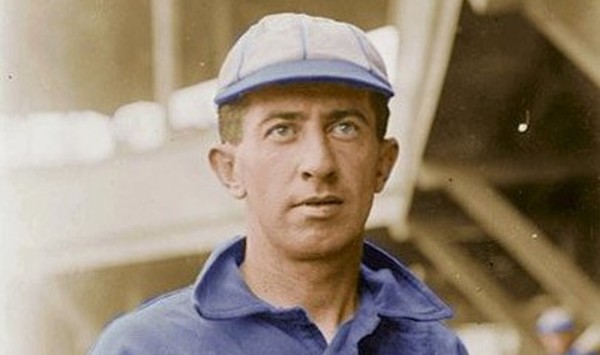
******************************************************************************************************************************** Brownstone Detectives investigates the history of our clients’ homes. The story you are about to read was composed from research conducted in the course of one of those investigations. Do you know the history of YOUR house? ******************************************************************************************************************************** When we research the histories of our clients’ homes, we inevitably uncover stories that tell part of the narrative of our neighborhoods. Today, we present a short piece on a ballplayer who was once so famous – and such a great player – that he was nicknamed “the Brooklyn Astor” for what he was paid to played for a Brooklyn ball club. This was Wee Willie “Hit ’em, where they ain’t” Keeler who predicted his death at moments after the strike of midnight on New Years Eve. ************************************************************************************************ Hall of Famer Wee Willie Keeler, known for his “hit ‘em where they ain’t” strategy, was “born and bred” in the “Eastern District” of Brooklyn. As a matter of fact, he lived at two particular addresses – and went to school and played ball at another two – all within today’s Bedford-Stuyvesant. Keller, who played primarily for the Brooklyn Superbas and the Baltimore Orioles from 1892-1910, was referred to as the Brooklyn Millionaire when he retired. Keeler had been the first ballplayer to be paid $10,000 a year. He died, though, a pauper, living in a dim second floor apartment at 1010 Gates Avenue and having never married or sired a child. In ill health toward the end of his life, he grew […]
A STREETCAR JUMPS ON SACKETT STREET (1929)
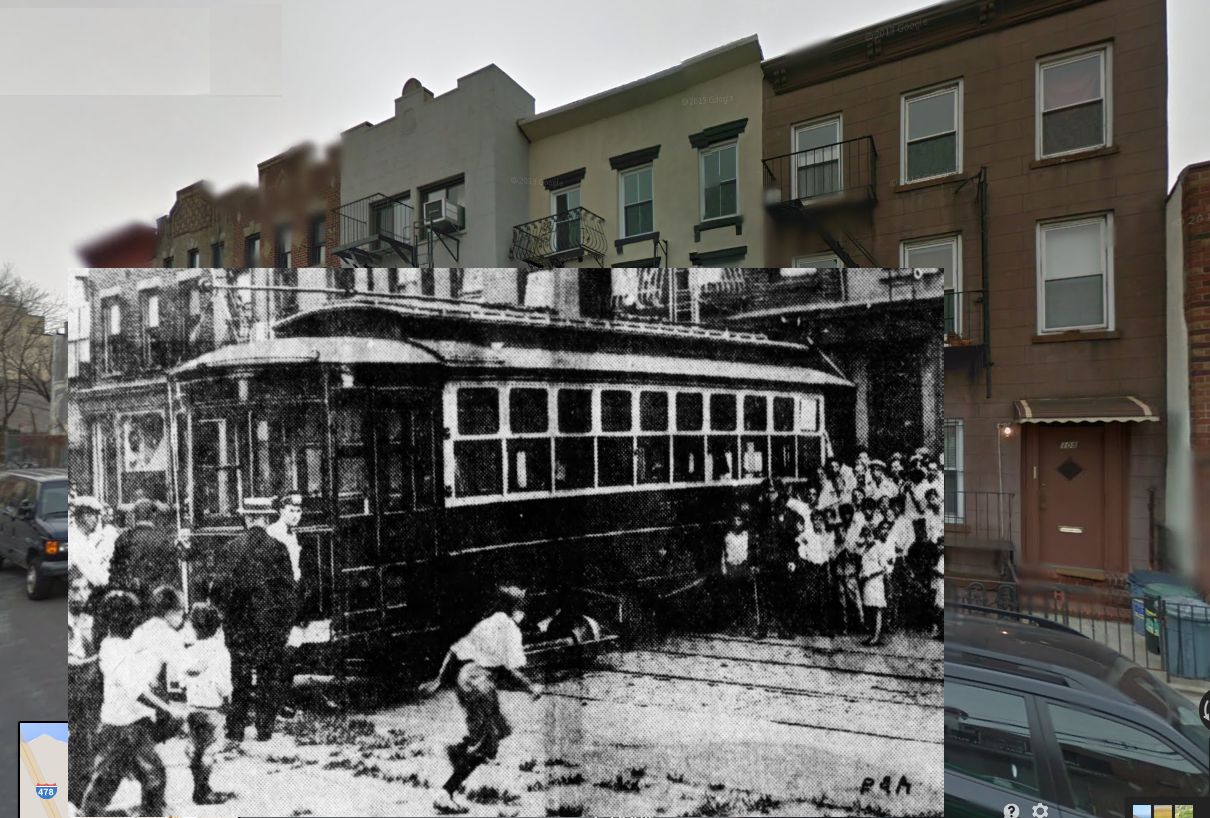
******************************************************************************************************************************** Brownstone Detectives investigates the history of our clients’ homes. The story you are about to read was composed from research conducted in the course of one of those investigations. Do you know the history of YOUR house? ******************************************************************************************************************************** If you bought a house that a streetcar had once crashed into – would you know about it? When researching the history of a client’s house, these are the stories that literally MAKE a House History Book. They are the stories that make the biggest splash – but in this case, a CRASH… But to the story… Back in the day, streetcars used to crash into buildings from time to time. The motormen’s reasons for this were usually that the car jumped the track while it was making a turn onto another street or avenue. In this instance, though, the motorman could only say that the streetcar “jumped,” but it does not appear that he was able to explain why – because he was operating the car in a straight line uphill on Sackett Street. While doing some research on a client’s home recently I saw this picture and I thought, “I didn’t even know that Sackett had a streetcar line!” Apparently, though, the line ran up and down the street back when it went both ways. The street must have been amazingly congested with these things going both ways! One day, in the Fall of 1929, though, that streetcar – starting on its run up the “slope” – literally “jumped” […]